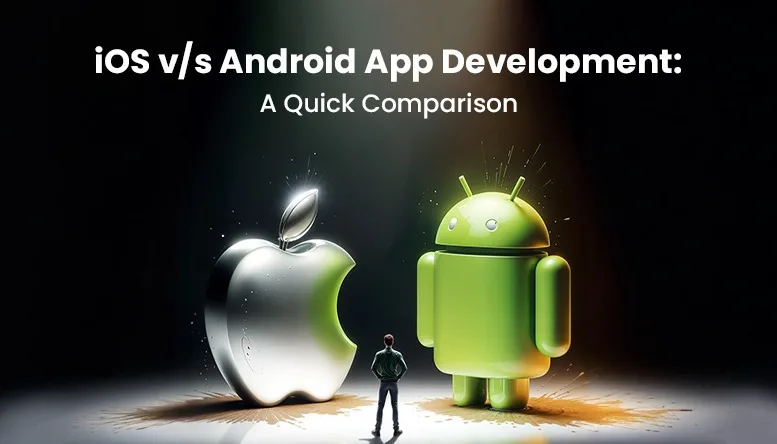iOS vs Android App Development: A Quick Comparison
Mobile apps, both iOS and Android, have become an important yet unavoidable part of our lives today. When it comes…
READ More
September 10, 2024

